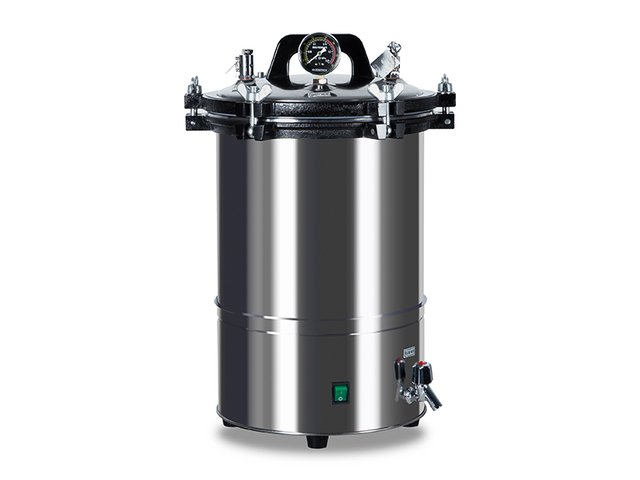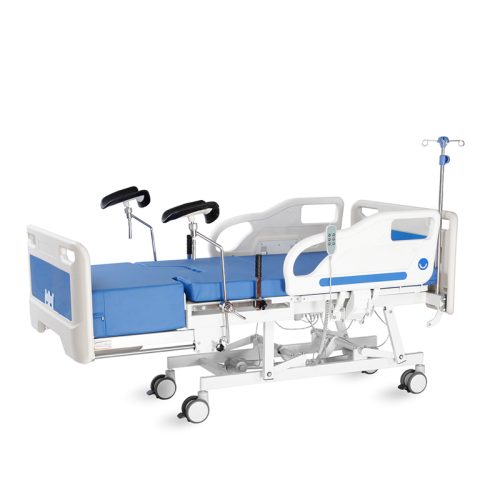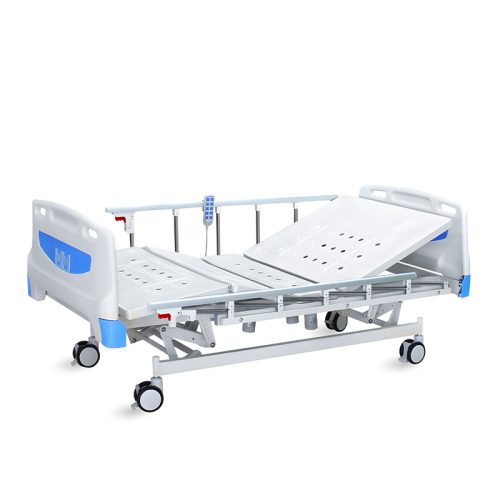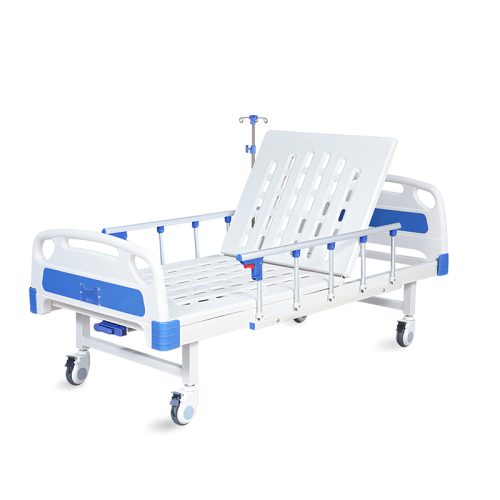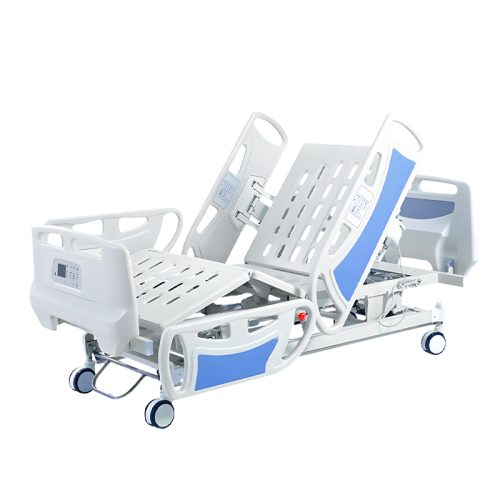
- الأوتوكلاف
معقمات الأوتوكلاف الصغيرة: حلول مدمجة للاحتياجات المتنوعة
- بواسطة كيلينج ميديكال
#### **What is a Small Autoclave Sterilizer?**
**Small autoclave sterilizers** represent a reduced-size version of standard autoclaves. High-pressure steam sterilizes tools, equipment, and materials in this compact autoclave system. These units are designed for smaller-scale operations, such as:
– **Countertop autoclaves** for dental and medical clinics.
– Portable units for fieldwork or mobile services.
– Specialized sterilizers for laboratories and small businesses.
The performance of these autoclaves matches that of larger models even though they remain compact while meeting strict sterilization standards.
—
#### **Key Features of Small Autoclave Sterilizers**
1. **Compact Design**
These small autoclaves have compact designs that allow them to fit on countertops and within limited spaces which makes them perfect for use in clinics and laboratories along with small facilities.
2. **Advanced Sterilization Technology**
These devices employ **steam sterilization machines** which operate at high temperatures between 121°C and 134°C under pressure to eliminate all microorganisms.
3. **Ease of Use**
The sterilization process becomes easier to manage because many countertop autoclaves feature intuitive controls alongside preset cycles and automatic drying functions.
4. **Energy Efficiency**
Eco-friendly users benefit from small autoclaves because they need less energy and water than their larger counterparts.
5. **Affordability**
Due to their reduced size these machines cost less which allows businesses and facilities with budget constraints to gain access.
—
#### **Applications of Small Autoclaves**
1. **Healthcare Facilities**
– Sterilizing surgical instruments in small clinics.
The use of **countertop autoclaves** helps dental offices stay clean and hygienic.
– Disinfecting reusable items in outpatient care centers.
2. **Research and Laboratories**
– Preparing sterile media for experiments.
Sterilizing laboratory instruments including pipettes and glassware.
– Supporting microbiological studies by sterilizing culture tools.
3. **Beauty and Tattoo Parlors**
– Sterilizing tools like scissors, tweezers, and needles.
– Preventing cross-contamination and infections during treatments.
4. **Veterinary Clinics**
– Sterilizing surgical tools used for animal care.
– Ensuring a sterile environment for medical procedures.
—
#### **Benefits of Small Autoclaves**
1. **Space-Saving Design**
Small autoclaves maintain full functionality while fitting into limited workspace areas because of their compact size.
2. **Quick Sterilization Cycles**
These sterilizing units run quicker cycles which allows users to operate them multiple times during a workday.
3. **Portability**
The lightweight design and portability of many small autoclaves make them simple to move around which suits mobile service requirements.
4. **Reliable Performance**
These small units produce consistent results according to the same sterilization standards found in larger autoclaves.
5. **Versatility**
Small autoclaves sterilize various materials from metal instruments to glassware and certain plastic types.
—
#### **How to Choose the Right Small Autoclave**
1. **Assess Your Needs**
Identify both the kinds and the amount of items you need to sterilize.
Identify whether your operation would benefit more from a portable autoclave or a fixed installation.
2. **Evaluate Key Features**
Ensure your small autoclave has programmable cycles along with drying functions and temperature and pressure monitoring capabilities.
3. **Consider Maintenance Requirements**
Select a model with chambers that are simple to clean and that includes readily available support services.
4. **Budget Considerations**
Small autoclaves offer better affordability but users must weigh price against the machine’s functional performance and dependability.
—
#### **Popular Types of Small Autoclaves**
1. **Countertop Autoclaves**
These autoclaves work best when placed in specific areas such as small clinics and labs as well as beauty salons.
2. **Portable Steam Sterilizers**
Because they are both lightweight and mobile these units work well for fieldwork and multiple location deployments.
3. **Specialized Laboratory Autoclaves**
These autoclaves for research settings include precise temperature control and programmable cycles as main features.
—
#### **Maintenance Tips for Small Autoclave Sterilizers**
1. **Regular Cleaning**
After every use cycle wash the chamber to avoid residue accumulation.
2. **Check Seals and Gaskets**
Replace components showing wear to keep pressure levels working correctly.
3. **Follow Manufacturer Guidelines**
Ensure the longevity and peak performance of your equipment by following the manufacturer’s suggested maintenance plan.
—
#### **Conclusion**
Small autoclave sterilizers merge a compact design with advanced technology to serve diverse application needs. These sterilization devices deliver optimal hygiene and safety across healthcare, research facilities as well as beauty salons and veterinary clinics.
When you choose the correct countertop autoclave or portable sterilizer you will experience dependable operation and speedy sterilization cycles along with confidence that all your instruments and equipment undergo complete decontamination.
—
### **FAQ**
**1. What is a small autoclave sterilizer?**
A small autoclave sterilizer functions as a compact tool for sterilizing equipment through high-pressure steam application.
What advantages does a countertop autoclave provide?
Countertop autoclaves combine space efficiency with simple operation and rapid sterilization which makes them perfect for limited-space facilities.
**3. Can small autoclaves sterilize all materials?**
Various materials such as metal, glass and some plastic types can be sterilized using small autoclaves. However, heat-sensitive items may require alternative methods.
What is the recommended cleaning frequency for small autoclaves?
To ensure hygiene and performance remains optimal users should clean the chamber after each use.
**5. Are small autoclaves eco-friendly?**
Modern small autoclaves conserve both energy and water during operation which results in an eco-friendly equipment choice.
📧 البريد الإلكتروني inquiry@shkeling.com
🌐 الموقع الإلكتروني: www.shkeling.com.cn
نتطلع إلى بناء شراكة ناجحة معك!

